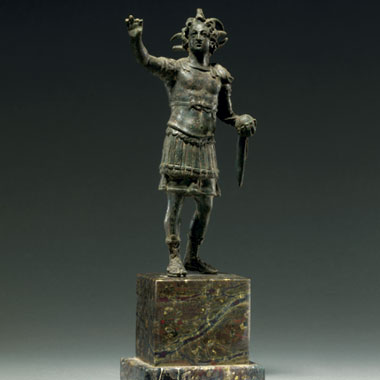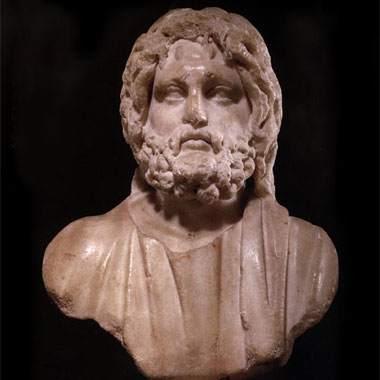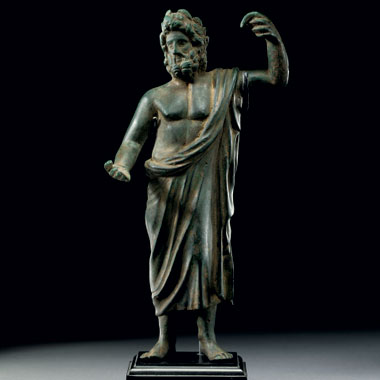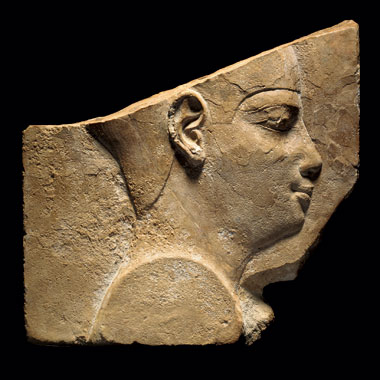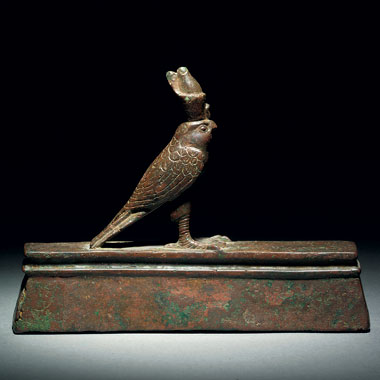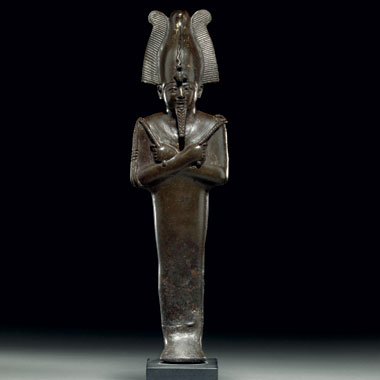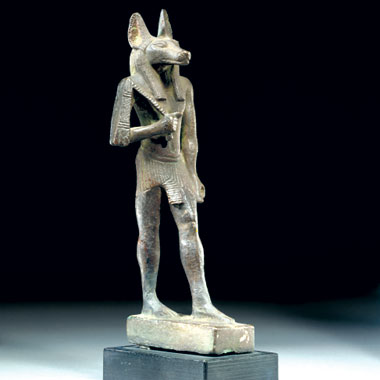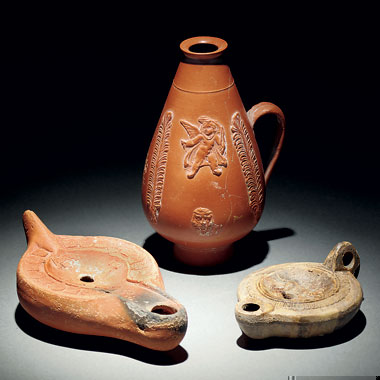ROMAN BRONZE STATUE OF ALEXANDER THE GREAT AS HELIOS
Circa 1st Century A. D.
Depicted armed in a curiass tied with a cingulum and fitted with protective pteryges at the shoulders and waist, the hem of his tunic extending below, wearing his high open-toe boots and a mantle draped over his left shoulder, holding an orb in his left hand, his right raised in salute, a radiate crown in his upturned wavy hair, his gaze turned upward and to his right.Helios is the young Greek god of the sun. Each morning at dawn he rises from the ocean in the east and rides in his chariot, pulled by for horses - Pyrois, Eos, Aethon and Phlegon -- through the sky, to descend at night in the west. He sees and knows all, and was called upon by witnesses. In the third century BC the great Colossus of Rhodes, one of the seven ancient wonders of the world, was constructed in honor of their patron god Helios. The Rhodians had supported Ptolemy when Alexander's kingdom was divided upon his death resulting in a war with Ptolemy's rivals. The statue was tribute to Helios for that victory. The statue stood for only about fifty years being felled by an earthquake, but its remnants lay by the sea for centuries until being taken by Arabs in the seventh century on 900 camels to be sold for scrap.13.9 cm highProvenance:With Robin Symes, London.With Royal-Athena Galleries, New York, 1989 (God and Mortals, No. 89)Literature:C. C. Vermeule and J. M. Eisenberg, Catalogue of the Greek, Etruscan, and Roman Bronzes in the Collection of John Kluge, New York and Boston, 1992, No. 88-54.C. C. Vermeule, "Roman Provincial Coins III: The Statues in the Temples and Shrines," The Celator, Vol. 18, no. 3, March 2004, fig. 3.Exhibited:From Olympus to the Underworld, Ancient Bronzes From John W. Kluge Collection, Boston, Museum of Fine Arts, 26 March - 23 June 1996.
|


